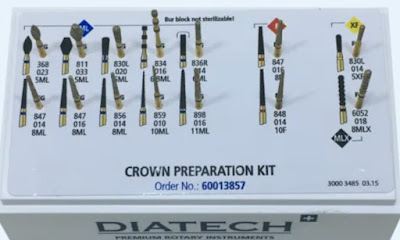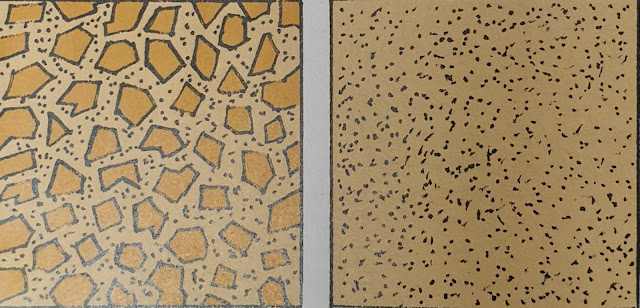Dental Burs

Diamond burs are generally used for reducing tooth structures to prepare cavities for restorations or place crowns or porcelain veneers. Diamonds may also be used to smooth, refine, and polish composite or porcelain material.
Your gateway to success in ADC examinations—guided by experience, driven by results.
